'Irreplaceable' Tupac Shakur Painting Subject Of Lawsuit To Preserve His Legacy
By Kristin Myers on June 15, 2022 at 4:53 PM EDT
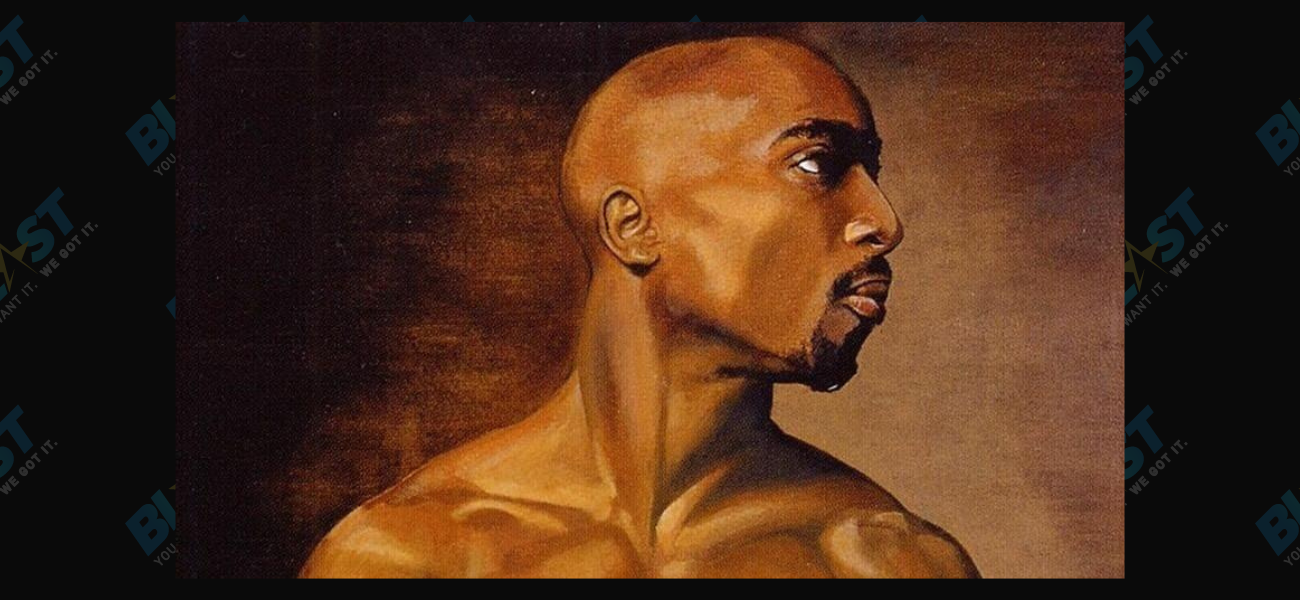
The legacy of Tupac Shakur is one that will never be forgotten.
The influential rapper was killed in 1996 in Las Vegas after being shot in the arm, thigh, and chest. He was taken to the hospital and put on life support, but later died from internal bleeding.
Although 2Pac may be gone, he still lives on through his music and through his art, which has now become the subject of a high-profile lawsuit.
Amaru Sues For The Right To Tupac Artwork To Preserve His Legacy
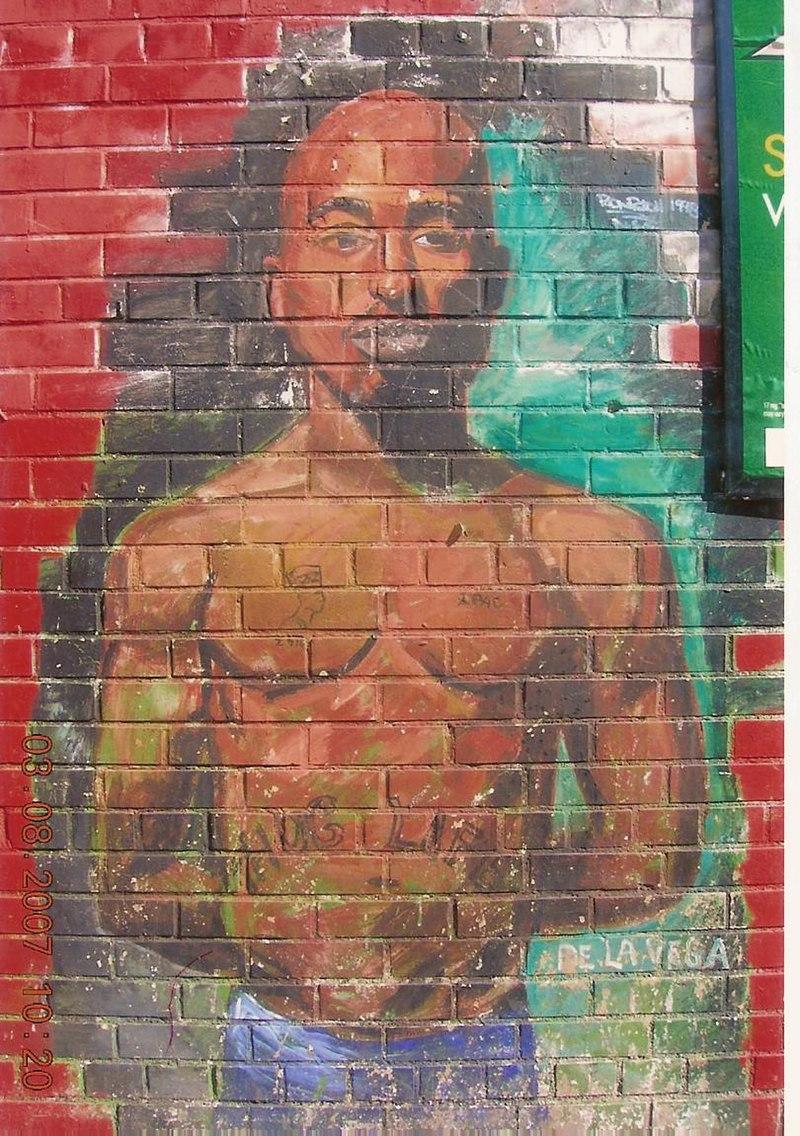
The Amaru Entertainment corporation is suing Heritage Capital Corporation, Heritage Auctions, and the Zelus Group, a Texas limited liability company, for conversion, claim and delivery, injunctive relief, and declaratory relief.
In the court documents obtained exclusively by The Blast, Amaru is the “successor-in-interest to the late recording artist and poet Tupac Shakur.” Amaru’s mission “includes preserving Shakur’s legacy and assuring the integrity of his creations and related material so that they are availably for study and public display.” The court documents were filed on Wednesday, June 15, at the Superior Court of California in Los Angeles County.
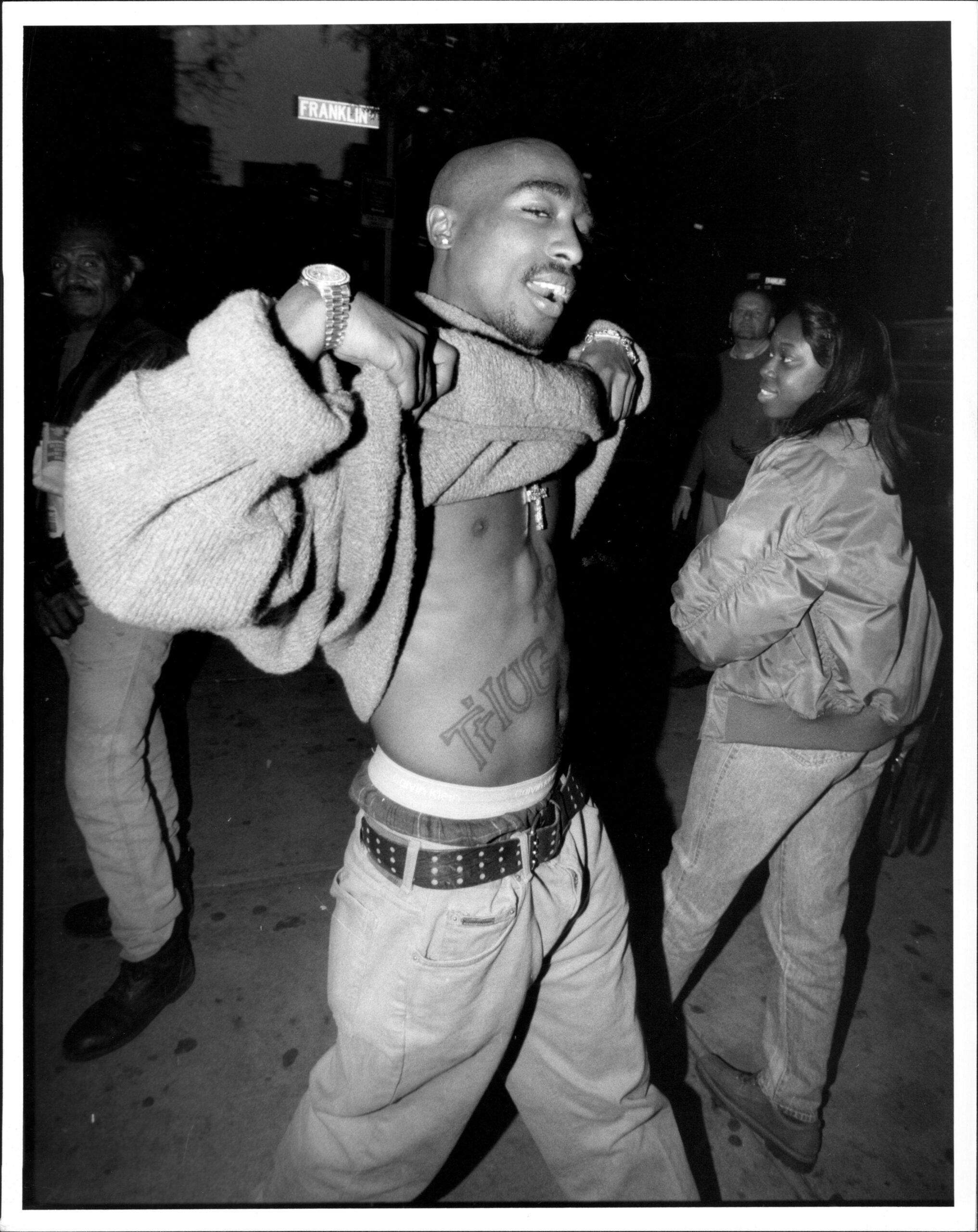
Amaru says that material from Tupac’s life is currently on display “in the critically acclaimed Tupac Shakur Wake Me When I’m Free museum exhibit in downtown Los Angeles” after “significant efforts and successful litigations against numerous third parties who had come into wrongful possession of it.”
Amaru claims that they have the right to material that Tupac recorded and released through Death Row Records in the final years of his life, including original cover artwork for his final posthumous album and the painting on the cover of the album. The painting was reportedly created by a Death Row Records employee by the name of Ronald Brent.
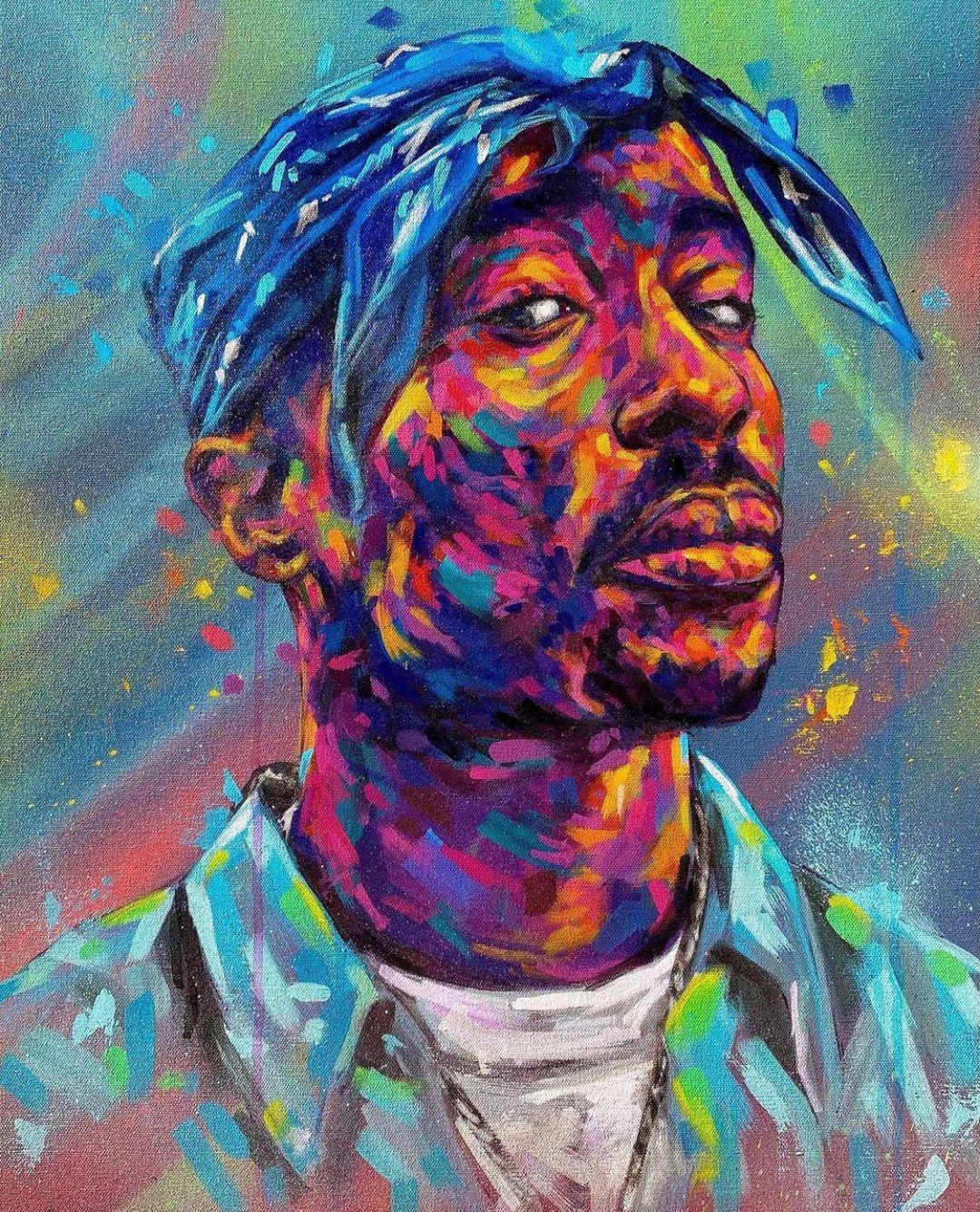
Since Brent created the painting as an employee of Death Row Records, and Amaru has been named Tupac’s successor-in-interest, they felt that the painting should go to them. Instead, Amaru claims that Heritage Capital Corporation held an auction for the painting on or about May 20, 2022. Amaru says that the Zelus Group acquired the painting in October 2021.
Amaru claims that the defendants “have no right, title or interest in the painting because it belonged to DRR and now belongs to Amaru.”
Amaru Says He Wants To Use The Artwork To Preserve Tupac Shakur’s Legacy
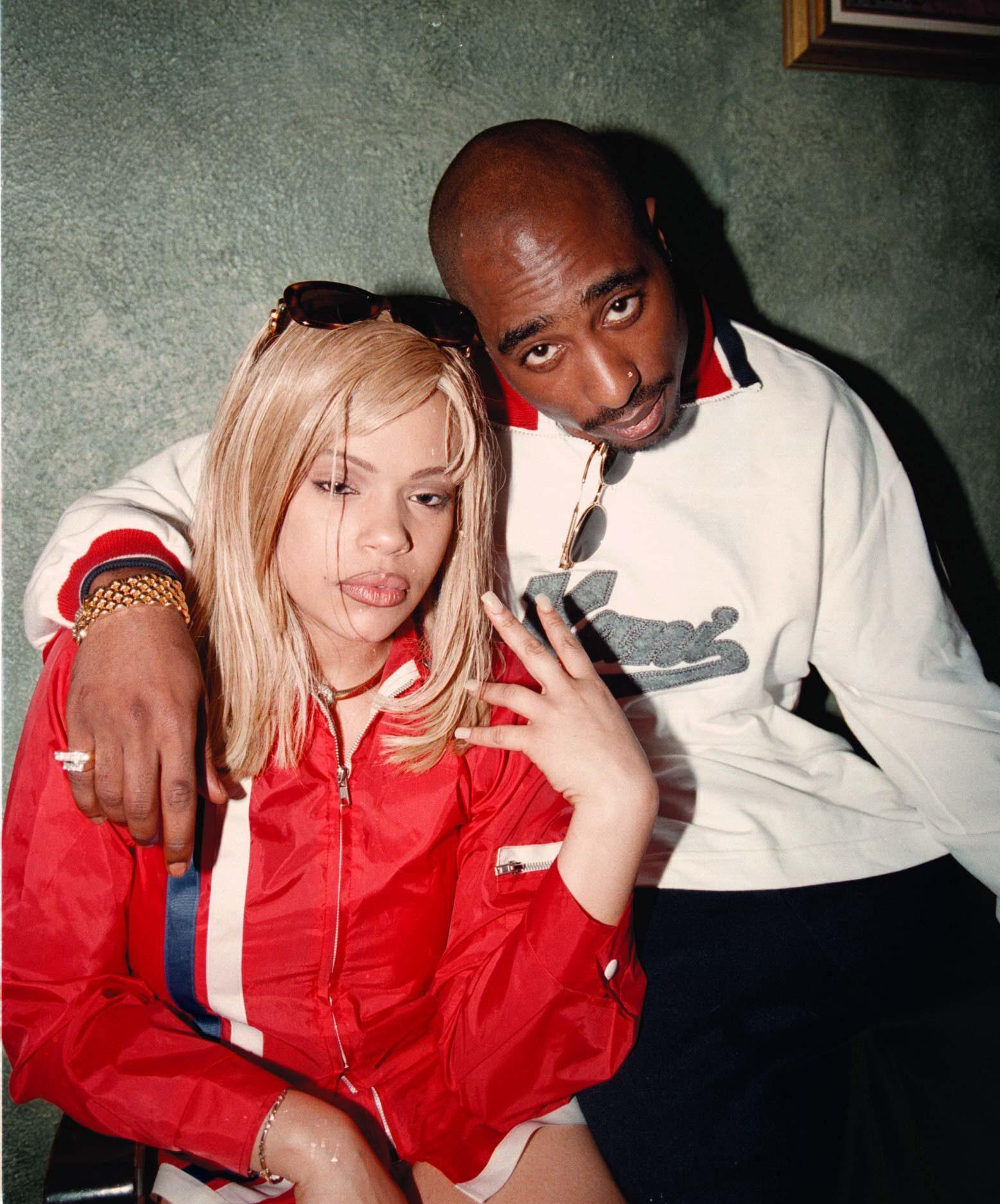
In the court documents, Amaru writes, “The purpose of this lawsuit is to recover the Painting so that it is restored to its rightful owner and can be maintained and preserved as part of Shakur’s legacy.”
Amaru claims that Brent was an employee of Death Row Records in 1996 when he created the painting, as part of his job responsibilities included creating the cover art for albums. Amaru wrote that “Shakur dictated the design and elements of the Painting, and Brent followed his instructions, as DRR required him to do.”
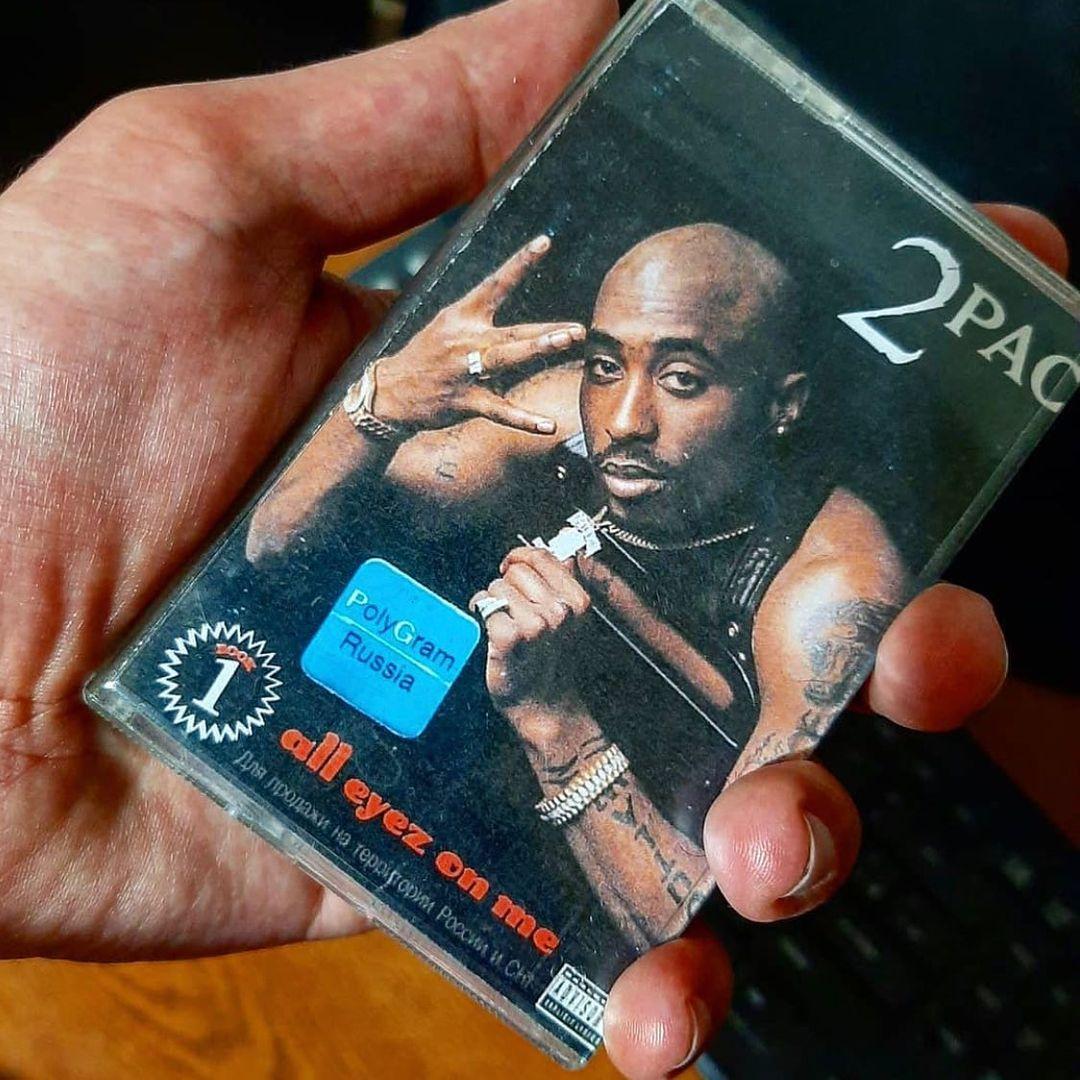
On December 11, 1996, DDR registered the copyright to the album, which included the painting. Skipping forward to March 29, 2013, Amaru and Tupac's late mother, Afeni Shakur, filed an action titled Afeni Shakur, et al. v. Wideawake Death Row Entertainment, LLC, et al. to recover Shakur’s Death Row Records recordings and other material, which included the artwork.
On April 22, 2013, Amaru said that Entertainment One, eOne, had acquired all of Death Row Records’ music-related assets. That litigation was reportedly resolved and eOne transferred ownership of all recordings and related material to Amaru on January 1, 2022. The painting was reportedly part of that deal.
Amaru Says Tupac's Painting Is 'Unique And Irreplaceable'

However, in May 2022, Amaru learned that Heritage was conducting an auction for the painting without his consent. Heritage claimed that they acquired the painting in October 2021. Amaru has requested the painting be turned over to them; however, “Heritage has failed and refused even to respond to the demands and the auction is still ‘live.’”
Amaru claims that they are the rightful owners of the painting and alleges that Heritage “acted with fraud, malice or oppression in connection with the foregoing conduct.” As such, Amaru “seeks punitive damages in an amount sufficient to punish defendants for their misconduct and deter future malfeasance.”
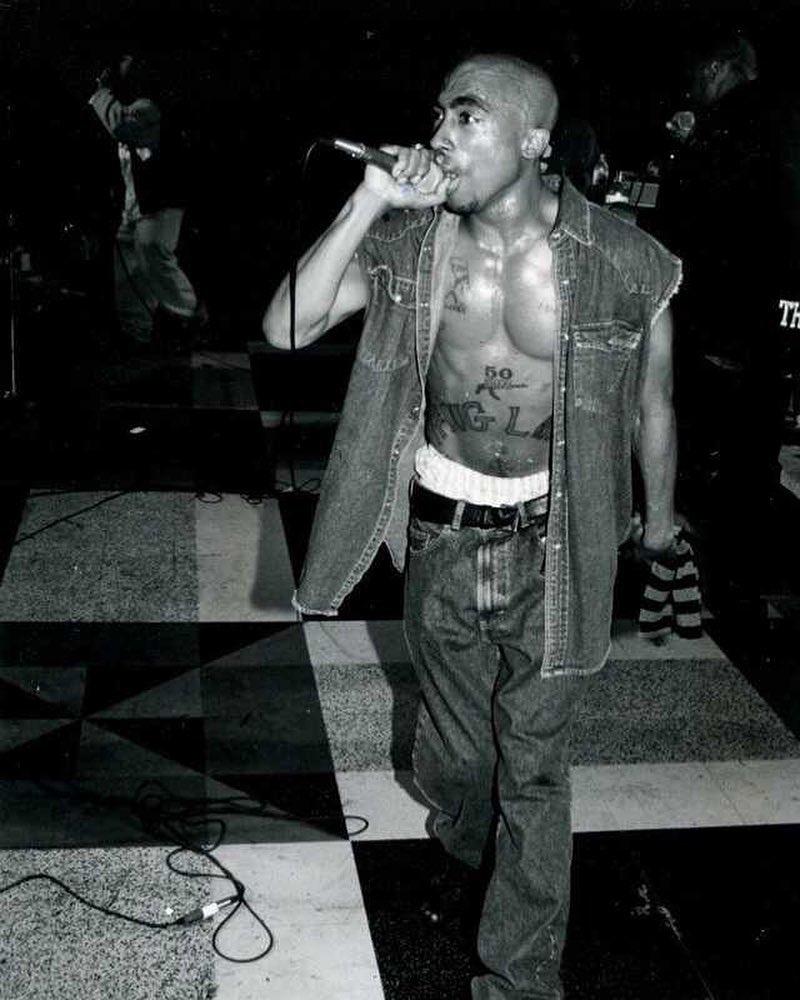
Amaru says that the painting is “unique and irreplaceable, and is an important element of Shakur’s legacy and Amaru’s mission to preserve his legacy.”
Amaru is seeking a declaration for ownership of the painting, as well as compensatory damages and punitive damages.